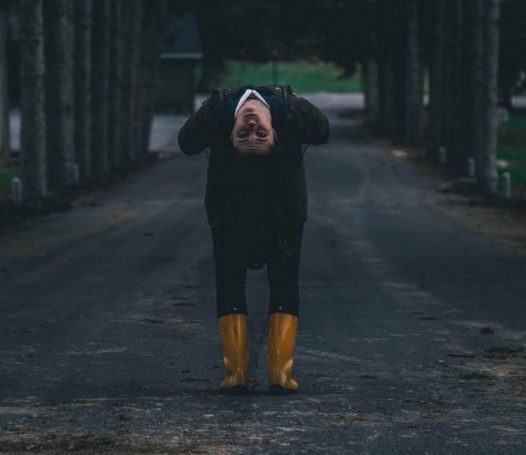We have been training a lot in our club gyms, or on our ergs. Thats what we do most in the northern hemisphere: Hopefully we gained lots of strength and did not forget to maintain our mobility.
The next few days we will have Strength Coach Will Ruth explaining us how to stay mobile and flexible. He has been working on these topics since years and has great experiance. See his website. Renate, our German speaking Strength Coach has adapted Will’s text into German.
Thoracic Spine Mobility for Rowers
With its unique demands as a seated sport and a taxing repetitive motion, rowing requires an informed and specific mobility regimen to maximize performance and minimize risk of injury. In this four-part mobility for rowers series, you’ll learn how to effectively target common problem areas with a combination of self-manual therapy, dynamic stretching, and static stretching for improved performance and longevity in the sport. Ideally, you’ll implement these routines before you experience pain, restriction, or another problem. Each area only takes 10-15 minutes to work through, so these are great to incorporate into your training as a regular part of your recovery plan. Simply taking care of your body with a little extra attention goes a long way toward preventing minor aches and pains through a hard rowing season.
Part 1: The Thoracic Spine
Part 2: The Hip Flexors
Part 3: The Glutes
Part 4: The Ankles
Rowing and Mobility
For most athletes, practicing and competing in their sport is a daily break from the usual routine of sitting necessitated by the lifestyle of a student or desk-bound employee, but not so for rowers. While mobility work is important for all athletes, it is especially important for rowers to maximize performance and minimize risk of injury in both the short-term and long-term. Rowing is a difficult repetitive motion requiring great flexibility, stability, and strength. If you lack range-of-motion to even achieve basic positions of the stroke, how can you expect to generate and sustain race-pace force from those positions?
Flexibility
First, we should understand broadly what “tightness” is and why mobility becomes restricted. “Tightness” has less to do with the structure of a muscle, and more to do with nervous system feedback, as few people have muscles that are inherently too short for their skeletons. True structural problems in muscles occur when a muscle is torn or artificially kept in a shortened position for an extreme amount of time, such as an arm kept in a sling for 6-8 weeks. Instead, when someone says, “my _____ is tight,” what they likely mean is, “my nervous system recognizes my instability in a fully stretched position and will not allow me to reach that point.”
The important takeaway is that end-limit flexibility is not the be-all and end-all to the mobility issue. Yes, you need to be flexible to achieve basic positions in the rowing stroke, but then you need stability to be able to generate and sustain force from those positions. If you cannot support or stabilize yourself in a given position, the nervous system will continue to restrict range of motion to keep you out of that position. Static stretching and foam rolling or trigger point work are all important in improving flexibility.
Strength
Strength is highly important to mobility to build stability from those hard-to-reach positions in rowing. Getting into position is an important first step, but if sitting up at the catch in correct position is so difficult that your upper-back cramps with effort, we need to strengthen those muscles before you can expect to be able to generate force from that position. In the case of the thoracic spine, rounding over at the catch CAN be a flexibility issue, but it can also be a strength issue if the athlete simply isn’t strong enough to hold their position. Both are important to assess.
Technique
Once you can achieve the main rowing positions, and have strength to support yourself in those positions, we need to build up the motor pattern of the rowing stroke so that you consistently find those good positions on every powerful stroke. Every stroke is an opportunity to ingrain good technique and teach your body how to generate force effectively. Steady state rowing and erg training is a great way to train for postural and technical improvements at lower intensities. Simply row or erg until your form breaks down, rest, do some of the mobility work, and then do it again. Changing a technique or habit is painstaking, but well worth it to achieve greater performance, longevity in the sport, and decreased chance of injury.
Thoracic Spine Mobility for Rowers
follow us here. In a few days you will hear about this interesting topic.
Video preview:






